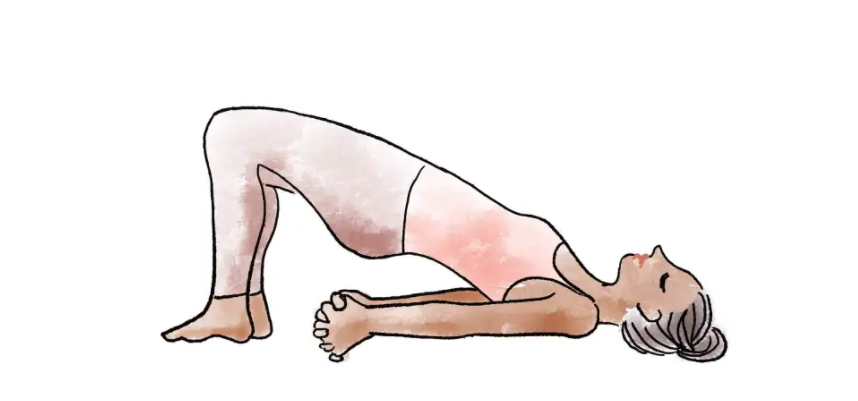Located at the bottom of the spine, the root chakra reflects stability, trust, prosperity and physical health.

Without grounding, we lack stability.

Practicing stable, grounded and energetic activities is very helpful to improve our understanding of our root chakras.

To be down-to-earth is to cultivate yourself to know that part of yourself, understand your strength and embrace your body.

Try these root chakra yoga poses to help open your undersea chakra.

These postures bring consciousness into the body.

They are usually low to the ground and focus on the feet and legs.

If you feel disconnected from your body, if your body feels stressed, compressed and you feel as if you are moving mechanically, your root chakra may be unbalanced.

Practicing yoga is a way to establish a deeper connection with your body and understand your strengths and limitations.

Try these yoga poses to exercise the root chakra to build inner strength, trust and patience.

If you feel absent-minded or lack stability, this will help slow down.
As you practice, observe and pay attention to how you maintain yourself, how you support your position and how you feel.
Try not to judge or aim at specific feelings.
Just watch and see what happens.
Through continuous practice, you can open your root chakra and begin to cultivate a sense of comfort and confidence.
Try these yoga poses to exercise the root chakra Buzan gasana | cobra is a gentle backward bending movement that can open the chest, shoulders and throat.
It helps to improve posture and increase the flexibility of the spine.
This is also a good way to gently strengthen the lower back, shoulders and legs.
Sanskrit: bhujangsanadrishti: forward or upward counterpose: Baby pose or prone Balasana | baby pose is a relaxed pose that can open the pelvic floor, hips and back.
It can also stretch ankles, knees and hips.
Sanskrit: balasandrishti: closed eyes downward dog pose | adhomukha downward dog pose is a dynamic posture that can strengthen the arms, legs and trunk.
It can also stretch the palm, chest, back, hamstrings, calves and feet.
Sanskrit: adhomukhasvanadrishti: on the floor or between feet in reverse: infant Uttanasana | standing forward bending Uttanasana is very suitable for stretching hamstrings and calves.
Referred to as forward bending, this posture can also strengthen the feet, knees and thighs when opening the hips and groins.
It takes time for the legs to straighten and fold completely.
It’s best to practice with bent knees first, and then gradually straighten your legs.
Sanskrit: Uttanasana drishti: phantom chair pose with eyes closed on the lower legs | uttkatasana phantom chair pose is a basic standing and balancing posture that can strengthen the legs, lengthen the spine and open the chest.
Sanskrit: utkatasana drishti: forward or upward reverse: Uttanasana is a basic standing posture that can align the spine, improve posture and strengthen the arch, ankle, knee and thigh.
Sanskrit: Tadasana focus: forward marasana | garland style is also known as yoga squat.
Marasana opens hips and strengthens arches and ankles.
This posture helps improve balance and alleviate low back pain.
Sanskrit: Malasana focus: forward reverse: Dandasana Dandasana | although sitting forward bending seems casual, Dandasana is a positive posture, which can gently open the chest, exercise abdominal muscles, and strengthen legs, trunk, arms and spine.
Sanskrit: Dandasana focus: forward reverse: sitting forward bending bridge | Setu bridge improves the flexibility of spine and shoulders.
It opens the chest, neck and shoulders while strengthening the legs and hips.
Sanskrit: setubandhasarvangasana focus: up or close reverse: knee to chest spread body pose | Savasana is usually used as the beginning or end of yoga practice.
As a stable or relaxed posture, Savasana can be very calm and meditative.
It concentrates, reduces fatigue, relaxes and rejuvenates.
Sanskrit: focus of Savasana: close your eyes – Namaste yogacare returns yoga to * * purity, simplicity, unity of body and mind * *..


